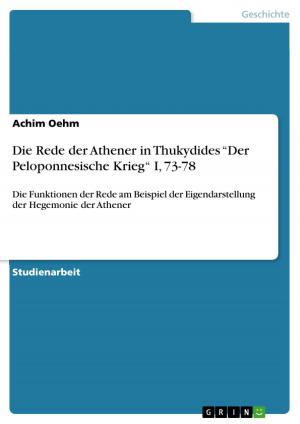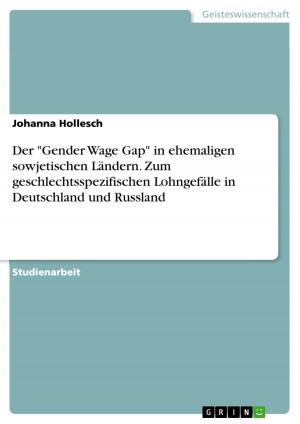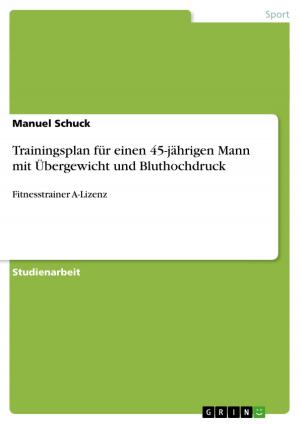Should we fear derivatives?
A post-crisis point of view on credit derivatives
Business & Finance, Finance & Investing, Banks & Banking| Author: | Hendrik Grobath | ISBN: | 9783656006800 |
| Publisher: | GRIN Verlag | Publication: | September 14, 2011 |
| Imprint: | GRIN Verlag | Language: | English |
| Author: | Hendrik Grobath |
| ISBN: | 9783656006800 |
| Publisher: | GRIN Verlag |
| Publication: | September 14, 2011 |
| Imprint: | GRIN Verlag |
| Language: | English |
Bachelor Thesis from the year 2011 in the subject Business economics - Banking, Stock Exchanges, Insurance, Accounting, grade: 1,0, University of Trier (Professur für Unternehmensfinanzierung und Kapitalmärkte ), language: English, abstract: This paper provides an up-to-date perspective on the credit derivatives market. It explains why financial institutions are active in this market and which positions they incorporate. Moreover, gaps in credit derivatives trading will be outlined. The findings will be used to assess the most commonly stated benefits and risks of credit derivatives. The potential linkages between credit derivatives and the financial crisis are also addressed. Lehman Brothers and AIG will be used as examples to answer the question on whether the distress of major financial institutions during the financial crisis can be related to credit derivatives. These institutions have been highly active in the credit derivatives market. Finally, it will be asked whether the findings in this paper are applicable for other over-the-counter (OTC) derivatives. This paper will come up with a conclusion on whether the benefits or risks of these instruments are prevailing and suggests ways on how regulators should address OTC markets in the future.
Bachelor Thesis from the year 2011 in the subject Business economics - Banking, Stock Exchanges, Insurance, Accounting, grade: 1,0, University of Trier (Professur für Unternehmensfinanzierung und Kapitalmärkte ), language: English, abstract: This paper provides an up-to-date perspective on the credit derivatives market. It explains why financial institutions are active in this market and which positions they incorporate. Moreover, gaps in credit derivatives trading will be outlined. The findings will be used to assess the most commonly stated benefits and risks of credit derivatives. The potential linkages between credit derivatives and the financial crisis are also addressed. Lehman Brothers and AIG will be used as examples to answer the question on whether the distress of major financial institutions during the financial crisis can be related to credit derivatives. These institutions have been highly active in the credit derivatives market. Finally, it will be asked whether the findings in this paper are applicable for other over-the-counter (OTC) derivatives. This paper will come up with a conclusion on whether the benefits or risks of these instruments are prevailing and suggests ways on how regulators should address OTC markets in the future.















